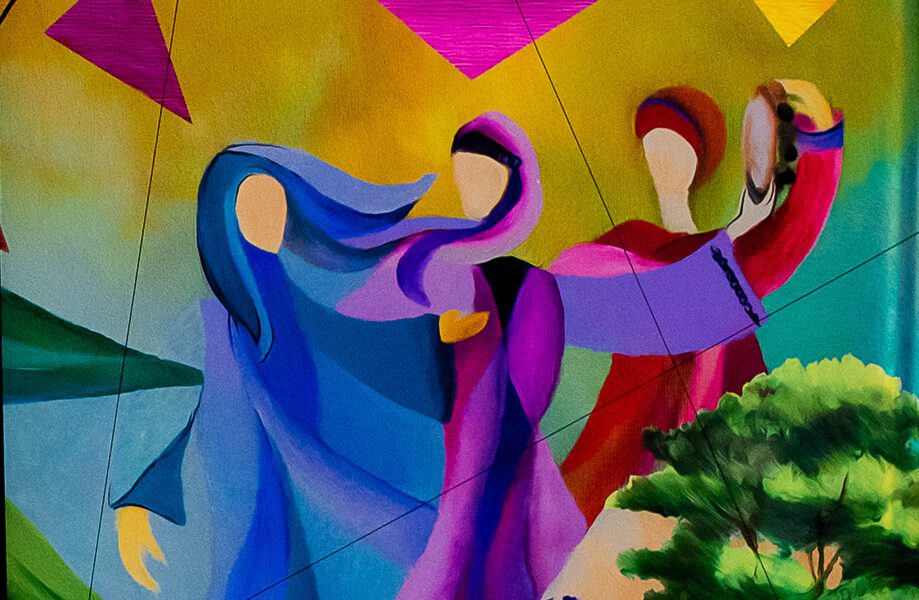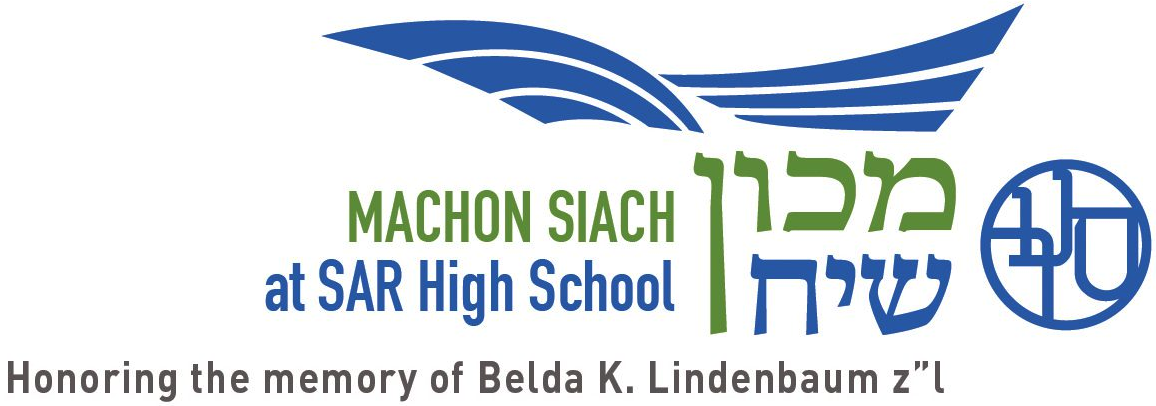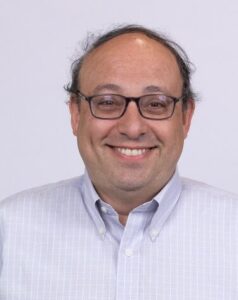
Roles and Role Models
Close to thirty years ago, I was invited to participate in a regional convention of New Jersey NCSY in one of the upstate New York camps. It was a wonderful event, with great Torah study, tefillah, ruach, and fun, gathering motivated teens from both frum-from-birth and non-observant backgrounds. On shabbat afternoon, I was asked to hold a Q&A session on Jewish topics alongside another young educator. Midway through the session, a sincere young woman asked to discuss the issue of women learning Gemara. As I began sharing some sources and perspectives, a number of young men raucously chanted She-Lo Asani Isha in the immature fashion that kids sometimes display. I quickly stopped them and lectured them about kevod haberiyot and how every person has the ability to connect to God through Talmud Torah. Later, when I calmed down a bit, I recognized that this group of boys all came from single-gender yeshiva high schools and had never really learned Talmud with their female peers. For them, such learning was something they had heard about but had never encountered. They only knew soundbites or held assumptions without possessing any real-life connection to the seriousness and ability with which their female peers approached Talmud Torah.
As we all know, a massive change swept over the Modern Orthodox community in the last century. First it was a trickle, then a wave, and then a tsunami that has continued to grow in intensity and scope. Women’s and girls’ learning of Torah She Baal Peh, which began as a small mid-century phenomenon in a couple of scattered day schools in Boston and New York, increased exponentially. Today, having a significant Torah SheBaal Peh and Gemara component in co-ed yeshiva day and high schools and in single sex schools for girls and young women is an accepted fact and desiratum.
Through the visionary and courageous efforts of pioneering, but unsung, girls and women whose desire to learn Torah was burning in their souls and with the efforts of leading rabbinic figures such as Rabbi Joseph. B. Soloveitchik zt”l and his students, including Rabbi Chaim Brovender, Rabbi David Silber, Rabbi Shlomo Riskin and Rabbi Aharon Lichtenstein zt”l, learning Talmud [GS1] among girls and women became well accepted in our community. This passionate love for Talmud Torah among women who had traditionally been excluded from this glorious enterprise was taken up in the 1980’s and 1990’s by a cadre of leading female scholars such as Chana Henkin, Malka Bina, and others. Their students, and students of their students, have continued the march to expand opportunities for learning the halakhic corpus with breadth and in depth. We today have myriad of programs that enable women to continue their serious post-high school learning. These include the advanced halakhic programs at Migdal Oz, Matan, Maharat, GPATS, Nishmat, Yeshivat Harel, and Yeshivat Drisha. New opportunities and vistas have opened for women with advanced Torah backgrounds, and many have entered [GS2] the halakhic conversation with published essays in mainstream Torah journals.
Nonetheless, as I experienced during that NCSY convention close to three decades ago, some in the more conservative circles of the Modern or Centrist Orthodox communities still raise questions about the extent to which women’s Torah scholarship should be encouraged. And those voices continue to play a role in the community’s full integration of women’s voices into the halakhic conversation and decision-making process. In the process of enhancing the status and legitimacy of women’s Torah scholarship, it is important to bring the fruits of that Torah scholarship to everyone, consistently presenting role models of that learning both to girls and boys, thus shaping perceptions and attitudes.
I do not advocate that single-sex male yeshivas become co-educational. In fact, the all-boys schools in our community are excellent Torah institutions run by dedicated educators and rabbinic role models. The desire to help foster a traditional rebbi-talmid relationship in an all-male atmosphere is laudable and is part of these schools’ educational vision to develop bnei Torah. However, one challenge that single sex male schools continue to face, thirty years after my convention experience, is the lack of female Torah role models to whom our young men are exposed.
The reality of our Modern-Orthodox world has changed, and we need to help our students see it in all of its diversity as they grow in their Torah knowledge and identity. Students in most co-ed high schools today have wonderful role models of Torah, yirah, and chesed[GS3] who are not only male. Many of them learn Torah from female limmudei kodesh teachers, including in Tanakh, Machshavah, Talmud, and Halakha; hear divrei Torah from female Torah teachers; and see them as living embodiments of commitment to Torah. Most students in a male-only setting, however, do not have the opportunity to experience that reality. And so here is an achievable and, I believe, important proposal for our Modern Orthodox yeshiva high schools that do not employ female limmudei kodesh instructors:
Twice a month, invite a female Torah teacher from the community, from another school, from the world of adult education, or visiting from Israel to give a shiur to a few classes. (Make sure to pay her for her time and expertise just as you would any male visiting scholar!) Let the young men engage in Torah study on an occasional basis with talmidot hakhamim, which will broaden their knowledge and their horizons, opening their hearts as we expand the beloved learning community of Torah. This will not change the structure or atmosphere of the school but will enrich the young men and help them understand the Modern Orthodox Torah world as it is and as it will be.
Post-high school gap year yeshivot in Israel should adopt a similar model to help the young men grow in their Torah learning, middot, and maturity while underscoring an important element of Modern Orthodox hashkafah and practice. In addition, there are so many talented female teachers and scholars who can and should be invited to speak on panels, contribute to yemei iyun, and lend their erudition to monthly or bi-monthly shiurim that are already in place. This important emphasis on women’s learning, no longer as a new phenomenon but as one that is already established, accepted, and necessary, will benefit our young men as much as it benefits our young women. In fact, everyone in our community, of all ages, will benefit le-hagdil Torah u-leha’adirah.



